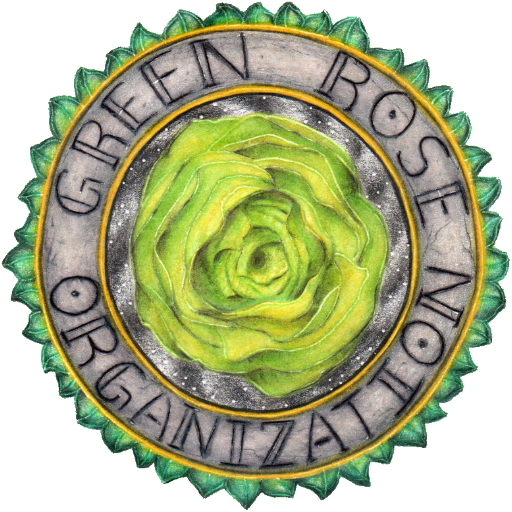
SPIRITUALITY VS RELIGION
A DETAILED EXPLANATION OF THE SUBTLE DIFFERENCES BETWEEN RELIGIOUS DOGMA AND AUTHENTIC SPIRITUAL PRACTICES
The distinction between religious dogma and authentic spiritual traditions is nuanced, involving differences in purpose, practice, and perspective. Here’s a detailed exploration of these subtleties: 1. Definition and Focus—Religious Dogma: Dogma refers to fixed, authoritative teachings or doctrines that are often considered infallible within a religious institution. It serves as a rigid framework of beliefs that members are expected to accept without question, emphasizing adherence and obedience. Authentic Spiritual Traditions: These are living practices rooted in the exploration of inner truths, transcendent experiences, and universal principles. They prioritize individual transformation, direct encounters with the sacred, and the cultivation of virtues like compassion and wisdom. 2. Source of Authority—Religious Dogma: Authority often stems from external sources such as sacred texts, religious leaders, or institutional hierarchy. The emphasis is on preserving established beliefs and enforcing conformity. Authentic Spiritual Traditions: Authority is often experiential and internal, deriving from personal insights, mystical experiences, or direct connection with the divine. Traditions encourage exploration and questioning as pathways to deeper understanding. 3. Approach to Belief—Religious Dogma: Belief is absolute and non-negotiable, requiring faith in prescribed doctrines. Doubts or deviations may be seen as threats to the orthodoxy. Authentic Spiritual Traditions: Belief is dynamic and open-ended, often serving as a starting point for inquiry—rather than a fixed endpoint. Traditions value the evolution of understanding through reflection and experience. 4. Relationship with the Practitioner—Religious Dogma: Creates a structured, rule-based relationship with practitioners, emphasizing obedience, rituals, and collective identity. There is often a clear delineation of insiders and outsiders. Authentic Spiritual Traditions: Foster an intimate, personal relationship with the sacred, focusing on individual growth, self-discovery, and interconnectedness. They emphasize inclusivity and unity over division. 5. Goal and Outcome—Religious Dogma: The goal is often compliance with institutional teachings to secure divine favor, salvation, or moral rectitude. It can lead to a static worldview and adherence to societal norms. Authentic Spiritual Traditions: Aim for transformation, enlightenment, or liberation through the cultivation of awareness, inner peace, and universal love. They invite transcendence beyond societal constructs. 6. View on Diversity—Religious Dogma: Can be exclusivist, asserting the superiority of one path while discouraging exploration of other traditions. Authentic Spiritual Traditions: Tend to be pluralistic, recognizing the validity of multiple paths and embracing diversity as essential to the sacred experience. 7. Impact on Community—Religious Dogma: Often builds tightly knit communities with shared rituals and beliefs but can lead to polarization or dogmatic rigidity. Authentic Spiritual Traditions: Encourage communities grounded in shared values like compassion and mutual support while promoting harmony and understanding across differences. The Subtle Interplay
While these distinctions help clarify differences, it’s important to note that authentic spiritual traditions can exist within religious frameworks, and religious dogma can sometimes serve as a gateway to deeper spiritual exploration. The contrast lies not in the existence of rules or practices but in the degree of openness to transformation, self-discovery, and universal connection.

